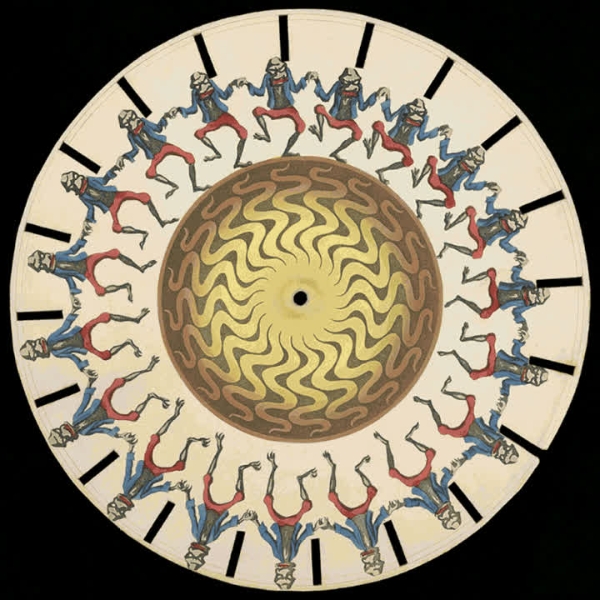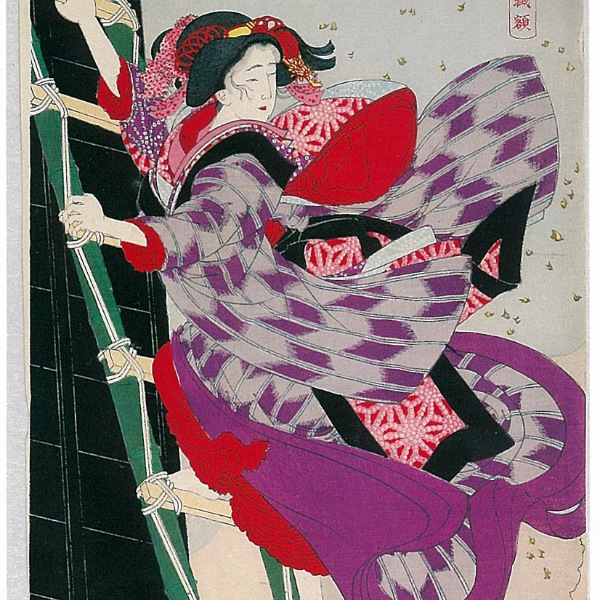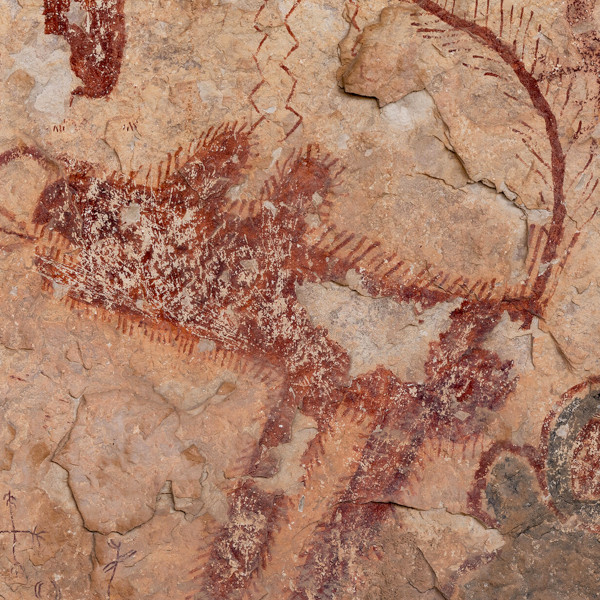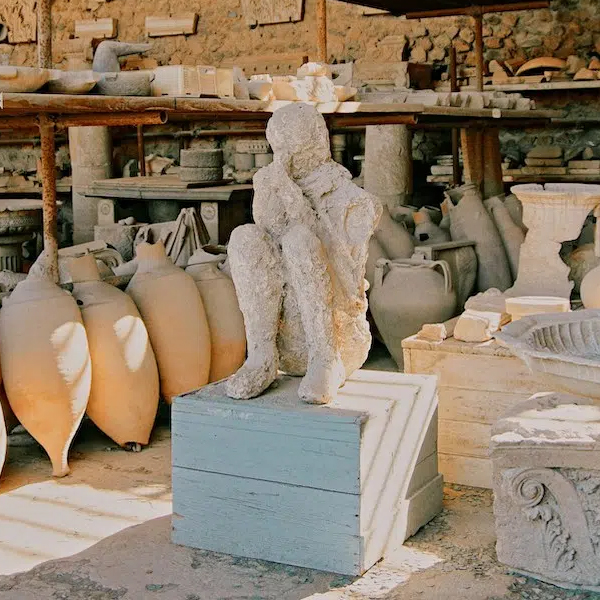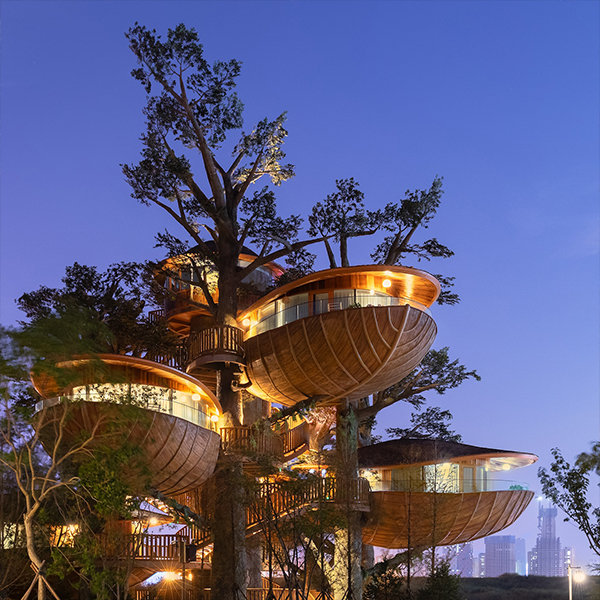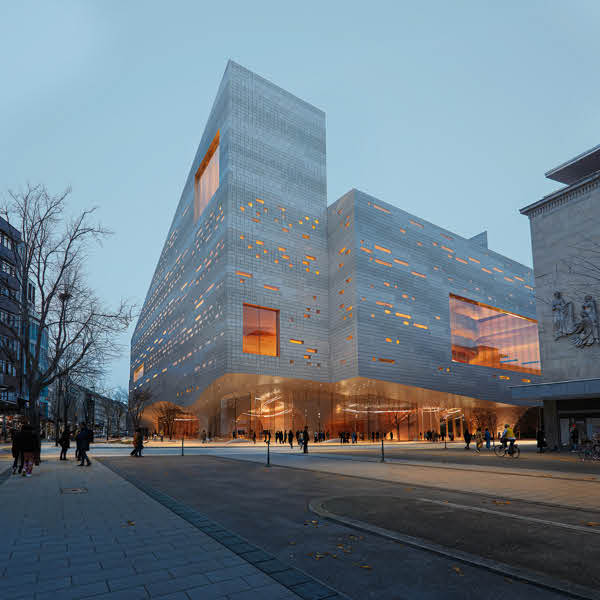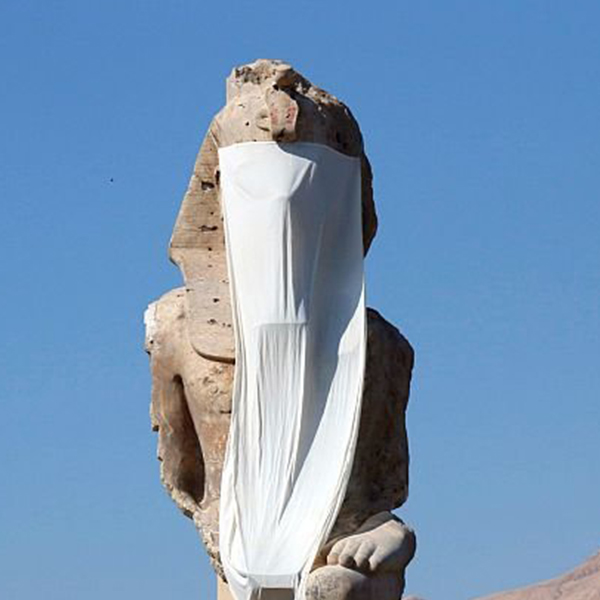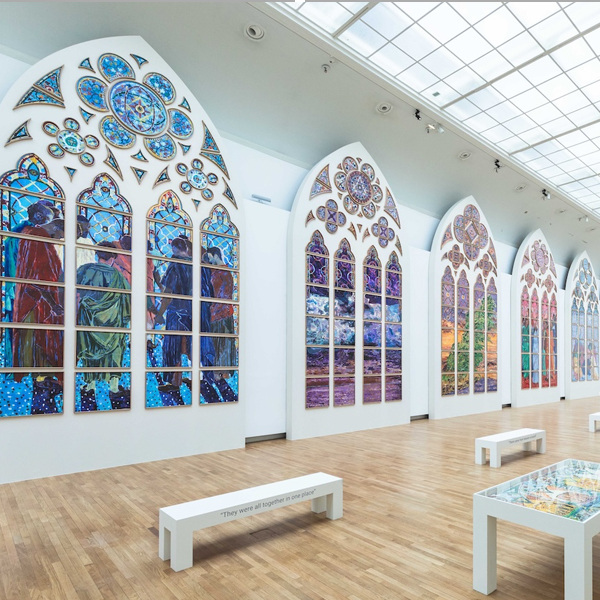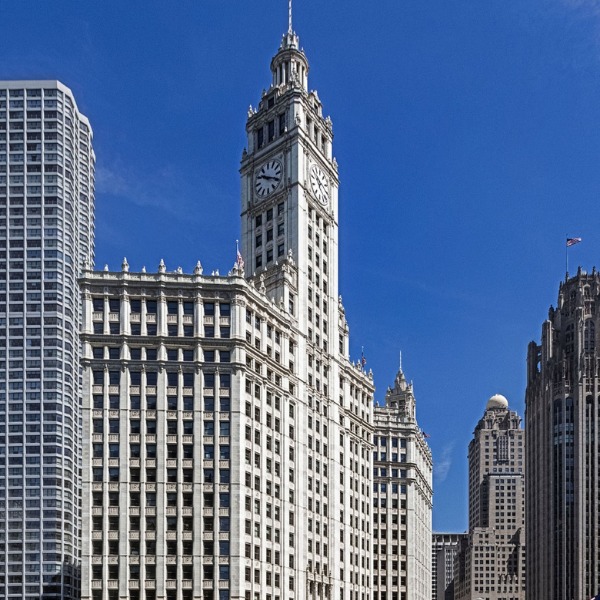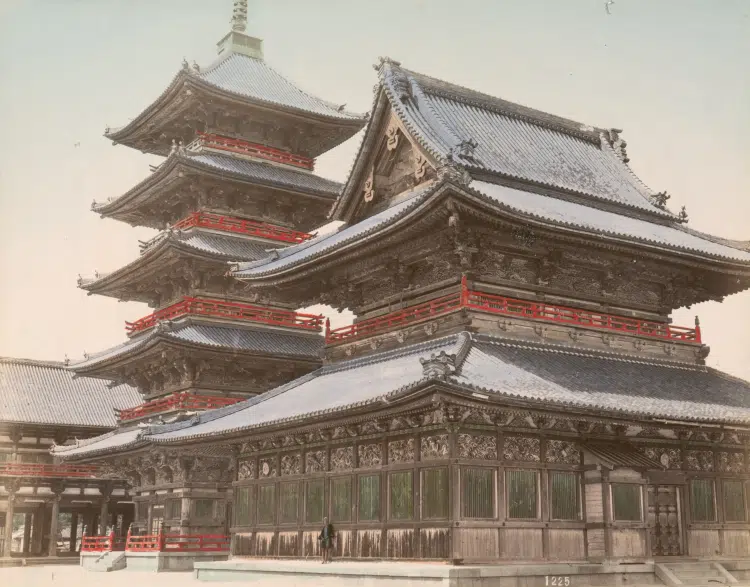
Shitennō-ji around 1880 (Photo: Kusakabe Kimbei – The New York Public Library Digital Collections via Wikimedia Commons, Public domain)
Japan is home to some of the longest-running businesses in the world. But none have run longer than Kongō Gumi. This construction company was founded in 578 CE. At the time, Japan's Prince Shōtoku was looking to build a Buddhist temple, but as the country was mainly Shinto, there were no carpenters with that skill set. So, he called upon miyadaiku (carpenters with training in building Buddhist temples) from a Buddhist kingdom that is now Korea. One of these carpenters, Kongō Shigetsu, formed the company and the rest is history.
Not only did they construct that initial temple, Osaka's Shitennō-ji, but they were also responsible for building Osaka Castle. Both of these structures kept the family-run business busy, as they were destroyed by fires and other natural disasters several times and constantly needed reconstruction. They were also kept busy as Buddhism spread across the country, causing a boom in the construction of Buddhist temples. But that's not the only reason for Kongō Gumi's success.
Their workers were highly skilled, with apprentices having to work for 10 years to hone their craft. To be considered master carpenters, they would need to toil for yet another decade. The company also organized its workers into kumi, independent groups with specific skill sets who work together on projects. This tradition continues today and allows the workers to push each other and to share knowledge.
Kongō Gumi has also remained flexible in the face of challenges that will naturally occur during a 1,400-year business. During World War II, the company pivoted to building coffins as temple construction ground to a halt. They also showed a willingness to incorporate new technology while retaining traditional building methods. For instance, after the Meiji Restoration, they began incorporating concrete into their designs. Later, they would pioneer the use of CAD (computer-aided design) for temples.
Perhaps most importantly, they took the role of head carpenter, who was the head of the company, quite seriously. Tradition dictated that the eldest son be named head carpenter, but there were several times that Kongō Gumi took steps to preserve the company if that person wasn't up to the task. If there was no suitable male heir, they would search for a competent match and bring them in as a son-in-law to both maintain the family name and the company.
Once, a female family member was even brought in to run things. During the post-World War I Shōwa Depression, when the 37th leader died by suicide due to financial declines, his widow Yoshie was named head carpenter. She showed remarkable skill, expanding the company and lobbying the government to allow them to produce coffins to survive. She also separated managerial positions from carpentry positions, which helped the firm flourish.
Until 2006, Kongō Gumi operated as an independent entity. That year, it became a subsidiary of the Takamatsu Construction Group. This has allowed Kongō Gumi to tighten its business model while still using the traditional construction techniques that made it famous. According to a 2023 business profile, the company has 110 employees, up from 80 when it was acquired.
It still brings in about $38 million a year, which can fluctuate depending on when large temple projects arise (the company also takes on residential and office projects). While the Kongō family is no longer involved in management, there is still one family member with the title of sho daiku (head carpenter). As the daughter of the 40th head of the family, she is the 41st head carpenter.
Japanese construction company Kongō Gumi is the world's longest continuous-running business and was founded in 578 CE.
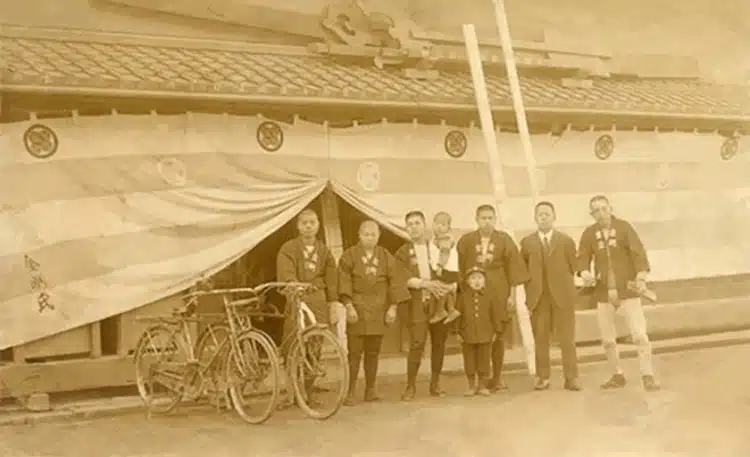
Kongō Yoshie, the 38th master carpenter of Kongō Gumi and employees, 1930. (Photo: 撮影者 不明 via Wikimedia Commons, Public domain)
The company recently turned 1,446 years old and upholds traditional methods for building Buddhist temples.
h/t: [Open Culture]
Related Articles:
Photographer Reveals the Secrets of Japanese Sumo in an Enlightening Book
Hokusai’s Book of 19th-Century Woodblock Prints Celebrates Japanese and Chinese Warriors
The Last Picture Ever Taken of Hachikō Shows the Love and Reverence the Japanese Had for the Dog
Japan’s “Tsunami Stones” Have Been Warning Residents of the Dangers of Earthquakes for Centuries











































































